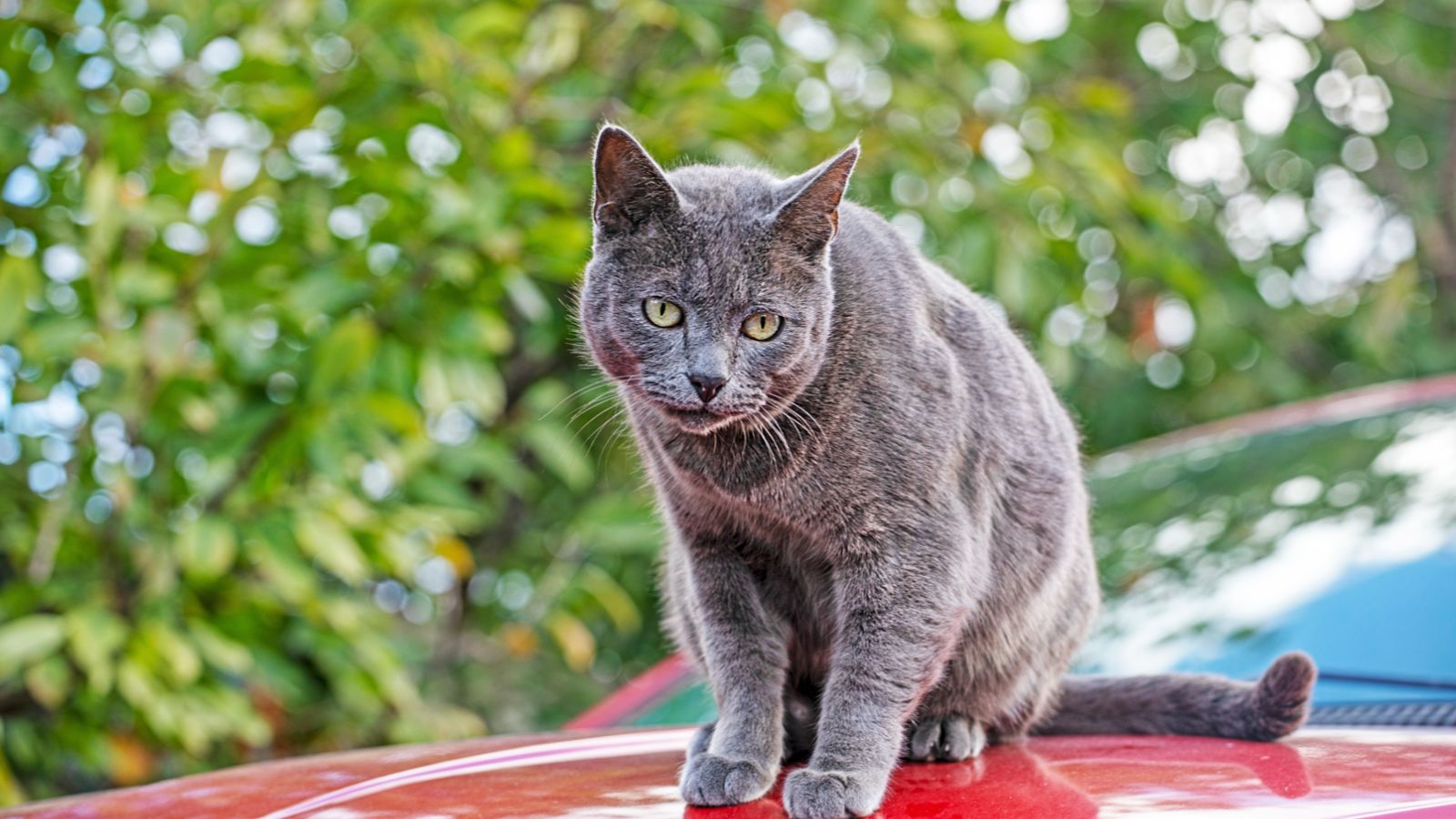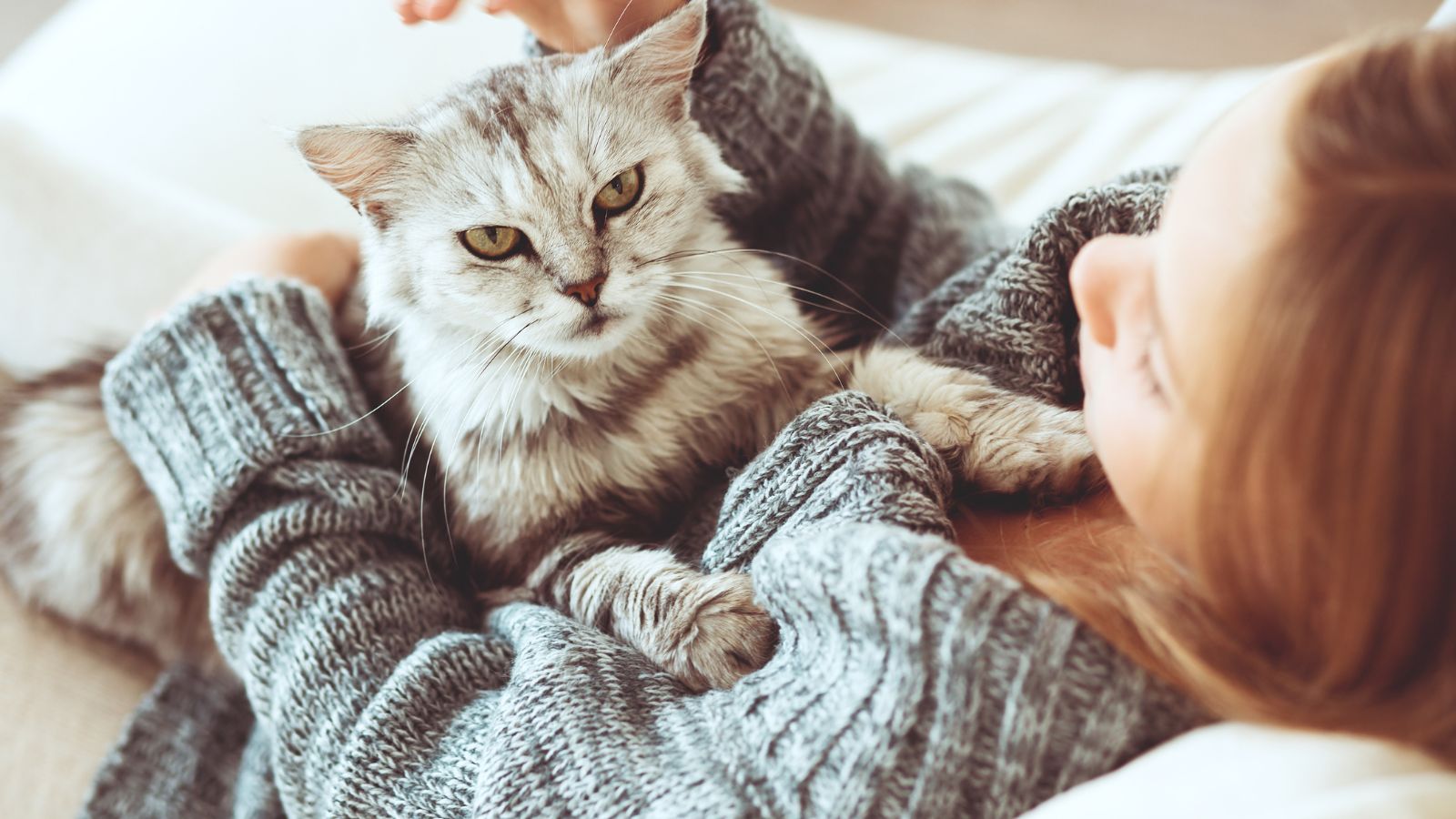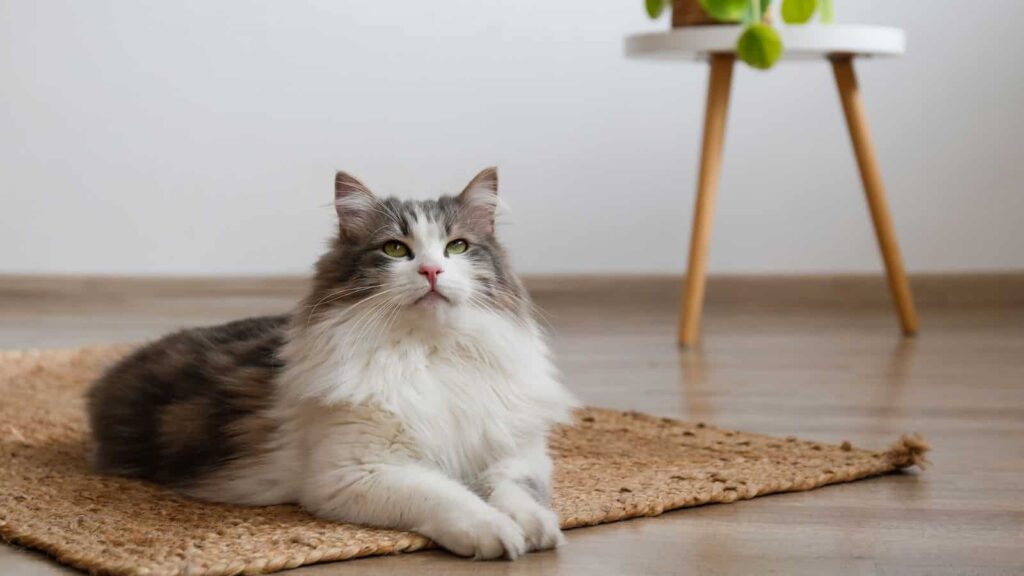Understanding our feline companions can be challenging, especially when it comes to deciphering their behavior, but paying close attention to certain signs can help you detect illness, emotional shifts, or even injuries in your cat. Here we cover 18 key behaviors that can indicate changes in your cat’s physical and mental well-being.
Increased Aggression

Cats can become more aggressive when they feel threatened, stressed, or even in pain. According to Paws, “defensive postures include crouching with the legs pulled in under the body, laying the ears back, tucking the tail, and possibly rolling slightly to the side.”
Excessive Vocalization

Persistent meowing, yowling, or crying can indicate that your cat is in pain, experiencing discomfort, or experiencing cognitive decline in their senior years. According to the ASPCA, “As cats age, they’re prone to developing an overactive thyroid and kidney disease, and either one may result in excessive meowing.”
Sudden Weight Loss or Gain

Noticeable changes in a cat’s weight can signal dental issues, meaning they are unable to eat comfortably, or underlying health issues. If you can see their ribs, spine, or hip bones clearly, they may be malnourished or may be suffering from hyperthyroidism or diabetes.
Increased Tiredness

Sleeping for longer periods of time than usual could indicate your cat is in pain, depressed, or suffering from an illness. Cats who are experiencing arthritis or other health issues may be less interested in play or exercise than they normally are.
Increased Restlessness

Pacing around the house can indicate that a cat is experiencing anxiety, pain, or cognitive dysfunction. You may also notice that they are finding it difficult to settle down or become more vocal while they are wandering around.
Hiding or Avoidance Behavior

When a cat is seeking out hiding spots, it can be an indicator that they are stressed, experiencing fear, or have an illness. You may notice that they are avoiding interaction with humans or other pets, and when you try to interact with them, they may react fearfully or defensively.
Destructive Behavior

Scratching furniture, walls, and other household items might be signs of stress or territorial marking. Watch out for cats who begin to chew on household items, as this could pose a threat to their health and could be a sign that they are experiencing boredom or dental issues.
Changes in Social Behavior

If a cat begins to avoid interaction with humans or other pets, it might be a response to changes in their environment or that they are experiencing illness or stress. If they become aggressive or tense during social interactions, they might be feeling fearful or anxious, or they may be marking their territory.
Changes in Their Play

If your cat loves to play, but you’ve noticed a few changes, it could indicate a number of things. If they become more vocal during play, they may be more excited, but they could also be frustrated. Cats who become aggressive during play may be fearful or overstimulated.
Changes in Litter Box Habits

According to Hill’s Pet Nutrition, cats who aren’t using their litter box could be “suffering from a health issue, such as feline lower urinary tract disease (FLUTD), bacterial cystitis, kidney failure, liver disease, or diabetes.” Be sure to look out for crying or straining when they are using their litter box, as this could indicate constipation or urinary issues.
Changes in Sleeping Patterns

Cats who begin to sleep more or less than usual could be in pain or experiencing illness, or it could be a response to a change in their routine or environment. If they seem to be finding it difficult to settle down, they could be in pain or discomfort, or they may be experiencing anxiety.
Unusual Reaction to Touch

Reacting negatively to being petted or handled might indicate that the cat is in pain, discomfort, or feeling fearful. If a cat is avoiding contact altogether, it might be stressed or experiencing an illness. Finally, a cat who shows signs of discomfort when touched might have health issues, such as arthritis or an injury.
Appetite Changes

Increased or decreased food consumption may be indicative of dental issues, gastrointestinal problems, or metabolic disorders. According to Purina, “While fussiness may be a factor, it’s unlikely that a cat will refuse food for a prolonged period of time solely due to this. Other causes include dental disease, other painful oral conditions, stress, and underlying illnesses and infections.”
Excessive Drooling or Panting

Excessive drooling while resting or being petted might show that your cat has dental issues, nausea, or pain in their mouth. If they begin to pant without exercise or in cool environments, this could signal stress, pain, or respiratory issues.
Increased Agitation or Irritability

If minor disturbances are causing your cat to react defensively, they might be experiencing stress, fear, or discomfort. Displaying signs of stress in response to environmental stimuli could suggest anxiety or sensory sensitivities. Finally, if they are agitated or irritable during interactions, it could be a sign of pain, illness, or changes in the cat’s routine.
Changes in Eye or Ear Discharge

Eye infections, allergies, and other underlying health issues can all be the cause of excessive tearing or discharge from your cat’s eyes. If they have a build-up of wax or debris in the ears, it might signal ear infections, parasites, or allergies.
Unusual Grooming Behavior

Over-grooming in cats can lead to bald patches or skin irritation that might be a sign of allergies, skin infections, or stress-induced compulsive behavior. According to PDSA, “Alopecia can develop as bald patches, patchy fur, or as a generally thin coat.”
Changes in Tail Movement

Increased or decreased tail wagging or twitching might indicate changes in the cat’s emotional state; for example, if they begin to lash or swish their tail more frequently, it could indicate agitation, frustration, or discomfort. If they hold their tail in an unusual position, they may be experiencing fear, pain, or illness.







